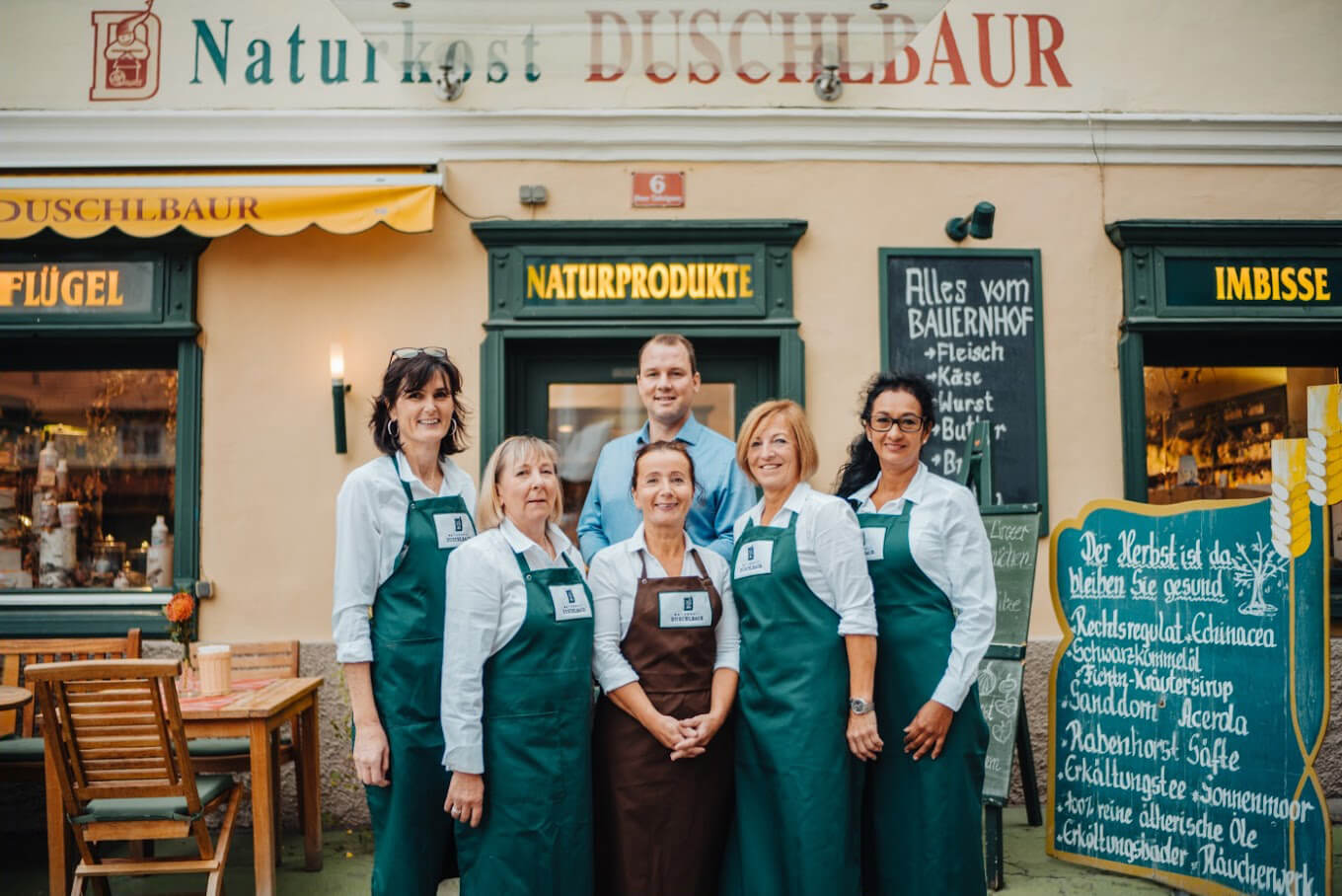The natural ingredients of theHorse chestnut tincture dropsare: water, alcohol, horse chestnut.
To produce these very valuable drops we use the leaves with flowers and the fruit.
Horse chestnut trees don't have deep roots, but they form magnificent crowns that provide plenty of shade. For this reason, horse chestnut trees were often planted around restaurants and bars. This kept not only the guests but also the beer cellars cool.
The horse chestnut tree is native to India, Central Asia, and Southeastern Europe. In the 16th century, the horse chestnut tree arrived in Central and Western Europe with the Ottomans. Cavalry troops carried chestnuts from the horse chestnut tree as horse fodder. Occasionally, a chestnut tree fell to the ground, and the horse chestnut trees were accidentally seeded. Their name, aesculus hippocastanum, attests to this history: "hippocastanum" is derived from the Greek "hippos" – horse – and "kastanon" – chestnut.
Over time, the horse chestnut tree became increasingly popular. It is even documented that in 1576, the imperial director of the botanical gardens in Vienna, Carolus Clusius, advocated for the official planting of the horse chestnut tree. To this day, the horse chestnut tree remains an indispensable part of parks and tree-lined avenues.
The mature horse chestnut tree reaches a height of up to 30 meters. Its large, 5- to 7-lobed leaves are characteristic. During its flowering period from April to May, the horse chestnut tree produces impressive white to pinkish-red blossoms. They glow from the branches in large, upright clusters.
By autumn, the flowers develop into chestnut fruits. The fruits sit in a prickly, green shell. The chestnuts (seeds) are 3 to 5 cm in size, round, and glossy reddish-brown in color. In autumn, they fall from the tree and split open. These seeds are often collected by young and old for decoration or crafting.







